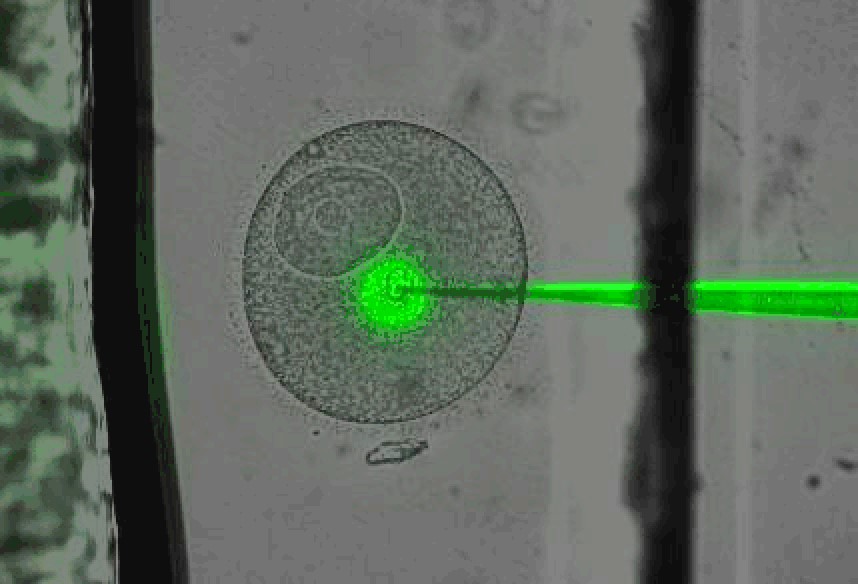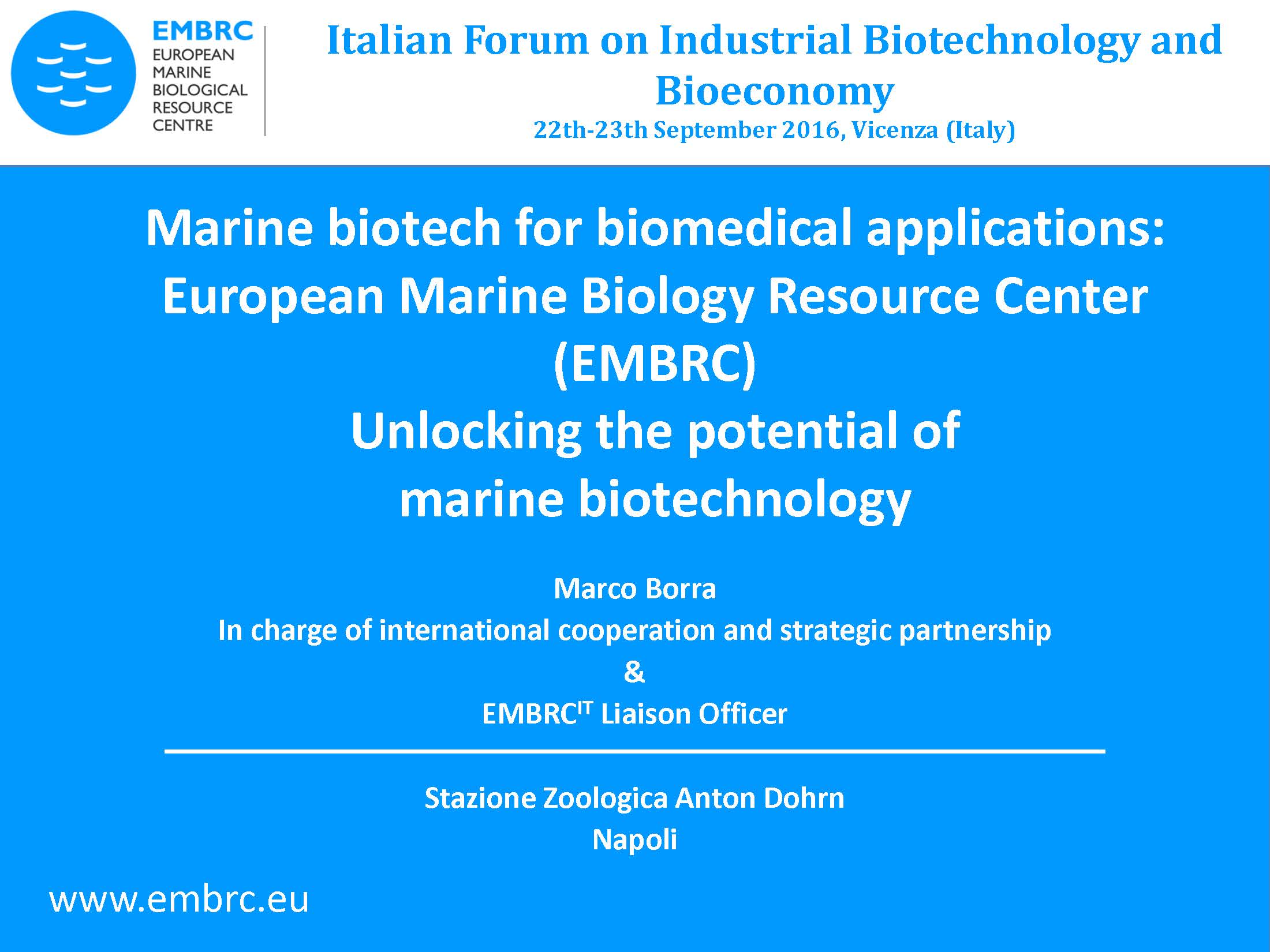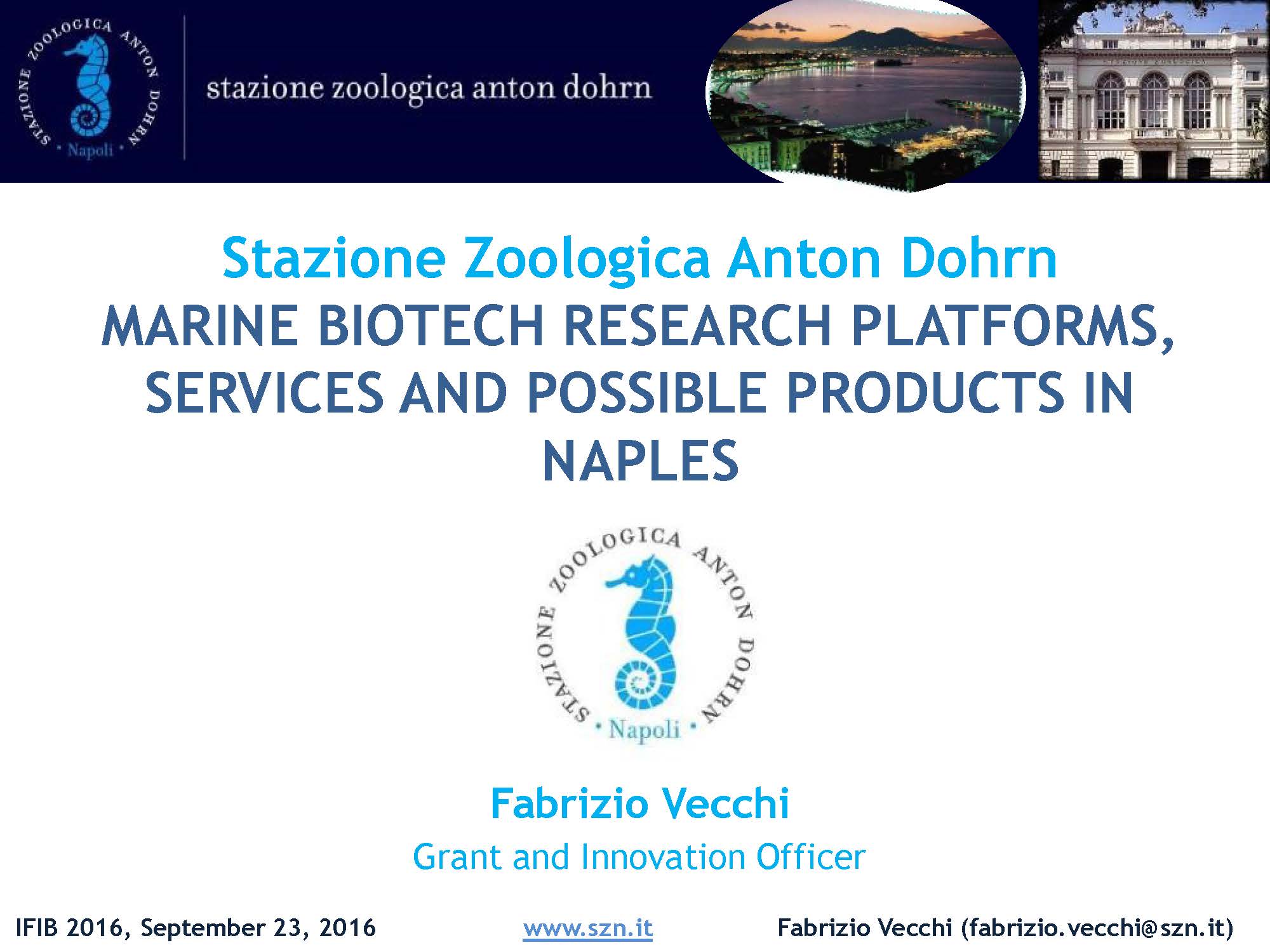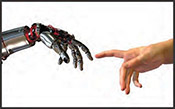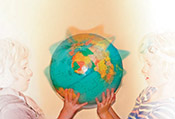 Education
Education Doctorate – International PhD (III Level)
Doctorate – International PhD (III Level) Closed Calls - Ph.D Program
Closed Calls - Ph.D Program ENGLISH
ENGLISH Pages
Pages
Pages
Microbiological and parasitological survey of marine organisms
Area di ricerca: Life Sciences – Immunity and Infection: Microbiology, Veterinary Medicine
Principal Investigator: Sandra Hochscheid
PhD Student: Antonino Pace
External Supervisor: Ludovico Dipeneto, Dipartimento di Medicina Veterinaria e Produzioni Animali, Università degli Studi di Napoli Federico II
Surveillance and research on infective diseases in wildlife populations may identify changes in ecosystem balance and emerging threats to human and animal welfare. Health assessment in coastal organisms can be used to indirectly monitor marine ecosystem status, investigate the effects of human activities on animal health, and identify risks to humans utilizing the same habitat for food, work, or recreation.
Fishes are susceptible to a wide variety of bacterial pathogens. Many of these bacteria are considered to be saprophytic in nature, becoming pathogenic when fishes are physiologically unbalanced, nutritionally deficient, or there are other stressors (e.g. poor water quality, overstocking). The systemic investigation is critical to the identification of potential pathogens and to a better understanding of their effects on host species.
What we do
We perform the microbiological and parasitological survey on marine organisms of the Gulf of Naples and the surrounding area in order to determine the health status and obtain information on the quality of the environment of origin
Partners
Dipartimento di Medicina Veterinaria e Produzioni Animali, Università degli Studi di Napoli Federico II - Istituto Zooprofilattico Sperimentale del Mezzogiorno
Biology of Reproduction Laboratory
Reference: Luigia Santella

Laboratory equipped to study the cellular and molecular mechanisms of cell cycle and fertilization of marine organisms. It includes a live cell imaging facility, areas for microinjection, cellular and molecular biology, live-image analysis, in addition to basic laboratory equipments.
Systems for experimentation
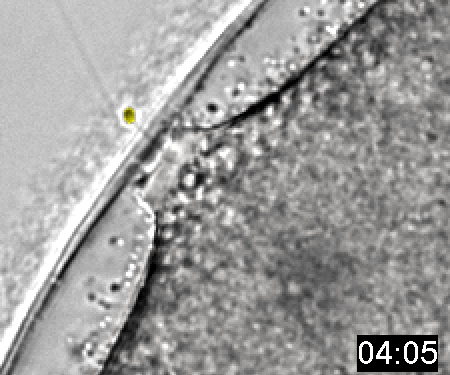
The laboratory utilizes two species of starfish (Astropecten aranciacus and Asterina pectinifera) and sea urchin (Paracentrotus lividus) as model systems for scientific research in collaboration with Meda and MaRe units (RiMAR Section, SZN) for sampling and animal keeping facility.
 Analysis
Analysis
- Study of the mechanisms responsible for the generation, propagation, and decay of intracellular calcium signals in eggs of marine animals during meiotic cell cycle and fertilization, aiming to the identification of the role of intracellular calcium reservoire (e.g. endoplasmic reticulum, nucleus, mitochondria, acid vesicles, etc) and ion release/resorption mechanism.
- Study of the causal relations between the external environment (seawater salinity, pH, temperature, environmental contaminants, etc.) and the morphological and functional changes of oocytes and eggs and their effects on fertilization and early stages of embryonic development
-
Analysis of calcium signaling, cytoskeleton ultrastructure (in collaboration with AMOBIO unit, RiMAR Section), polyspermy, and progression of the division of the zygote.
- Analysis of the molecular mechanisms that regulate meiotic maturation and activation of the eggs; effects of microinjected proteins blocking specific functions, antibodies and antisense RNA of target genes identified by transcriptome of seastar and sea urchins.
Equipments
- 2 Set up (CCD cameras) multichannel (brightfield and fluorescence) for live cell fluorescence imaging
- 1 Set up (Confocal Spinning Disk) multichannel (brightfield and fluorescence) for live fluorescence imaging
- Live cell imaging during microinjection UV photoactivation of caged compounds
- Upright fluorescent microscope for microinjection into cytoplasm and nucleus of starfish oocytes and sea urchin eggs
- Stereomicroscopes for gametes quality evaluation and their manipulation (enucleation etc)
- Incubator to keep gametes under controlled temperature
2009 Events
Sirene, Minotauri... o OGM?
20 novembre 2009
Biodiversità: caso o necessità?
23 gennaio 2009
2010 Events
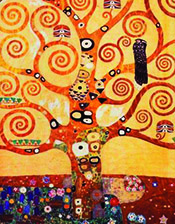 |
L’officina della natura: l’uso delle cellule staminali in Medicina30 novembre 2010 |
 |
Che Razza di Mondo: Esistono le Razze?5 ottobre 2010 |
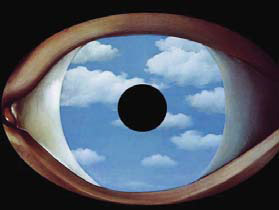 |
Attraverso lo specchio: i misteri della mente16-17 marzo 2010 |
2011 Events
 |
Uomini e topi: uso, rispetto e conoscenza29 novembre 2011 |
 |
Medicina ufficiale e medicine alternative: una o molte verità?11 ottobre 2011 |
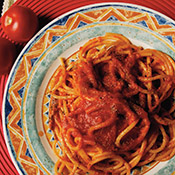 |
Il cibo e l’evoluzione del gusto - in memoria di Carlo Cannella8 giugno 2011 |
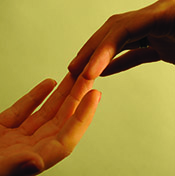 |
Cose del “genere”: la sessualità tra scienza e società17 maggio 2011 |
2012 Events
2013 Events
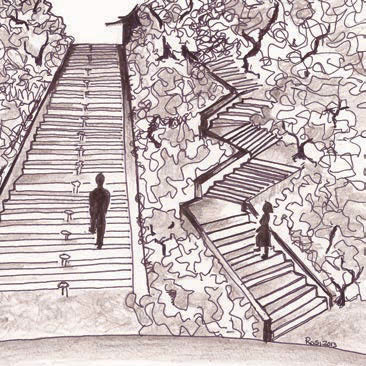 |
Donne nella Scienza - Un percorso tortuoso, tutto in salita?Martedì 17 dicembre, ore 17.00 Sono intervenuti: Giuliana Fiorillo, Maria Luisa Lavitrano, Paola Malanotte-Rizzoli |
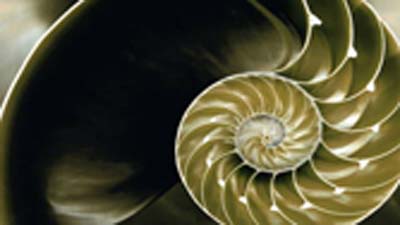 |
WOW che forme!!! Le meraviglie della natura e le loro equazioniMartedì 19 novembre, ore 17.00 Sono intervenuti: Marco Ferraguti, Giancarlo Ferulano, Guido Trombetti |
 |
Guarigione: verso l’equilibrio tra corpo e menteMartedì 22 ottobre, ore 17.00 Sono intervenuti: Vittorino Andreoli, Antonio Onofri, Carmela Filosa |
 |
Good vibrations - Suono e comunicazioneMartedì 8 ottobre, ore 17.00 Sono intervenuti: Marina Nespor, Gianni Pavan, Fabio D'Onofrio |
 |
Pane e cioccolato....Martedì 28 maggio, ore 17.30 Sono intervenuti: Dario Bressanini, Luca Ruini, Norberto Pogna |
 |
Con l'acqua alla gola - Uso e abuso di una molecola essenzialeMartedì 23 aprile, ore 17.30 Sono intervenuti: Francesco Loreto, Fabio Pollice, Alex Zanotelli |
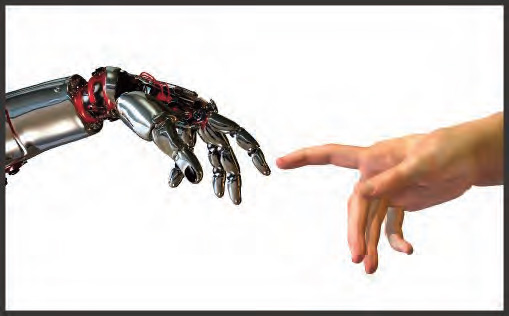 |
La Scienza e la Società - Tutti in viaggio con UlisseMartedì 26 marzo, ore 17.30 Sono intervenuti: Giuseppe Testa, Laura Bazzicalupo, Claudia Di Giorgio |










